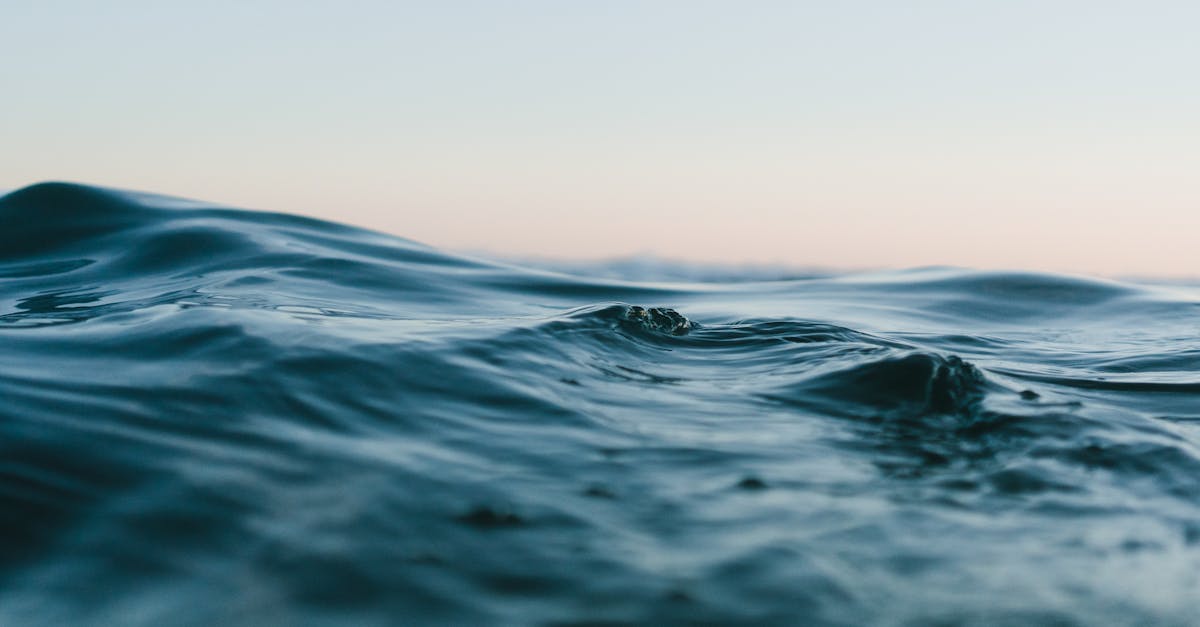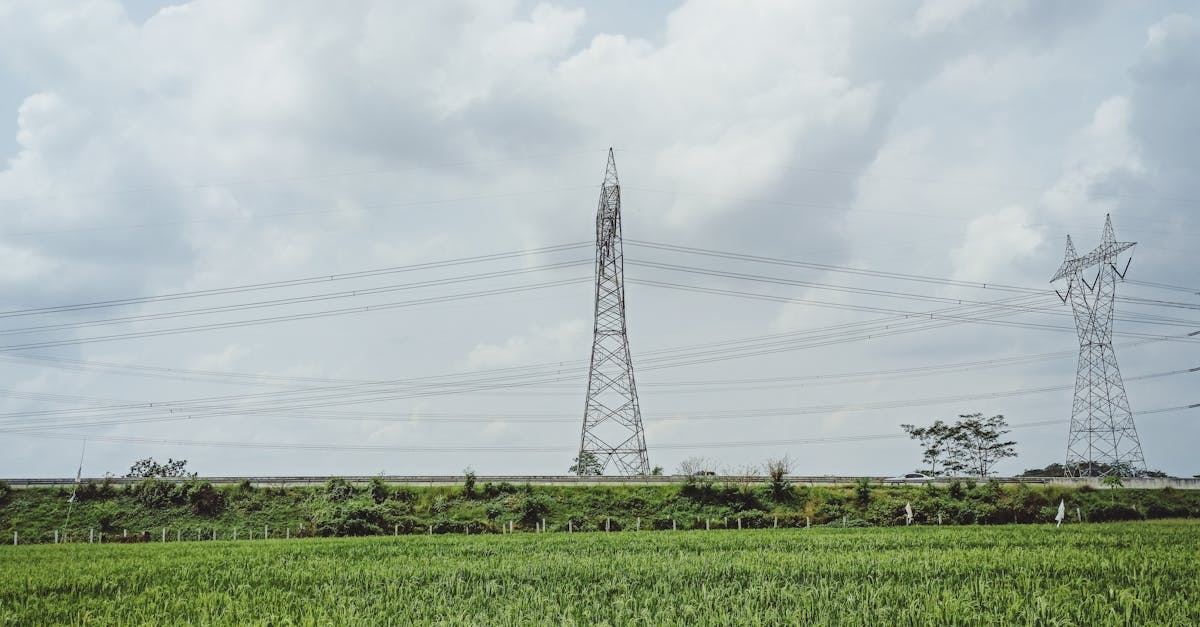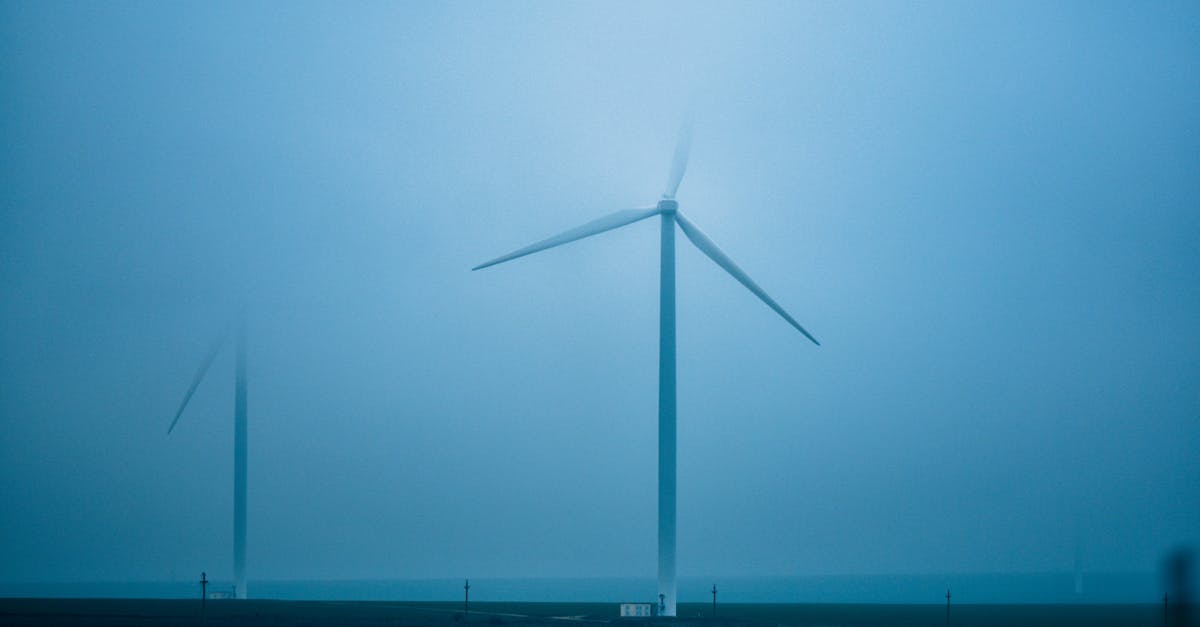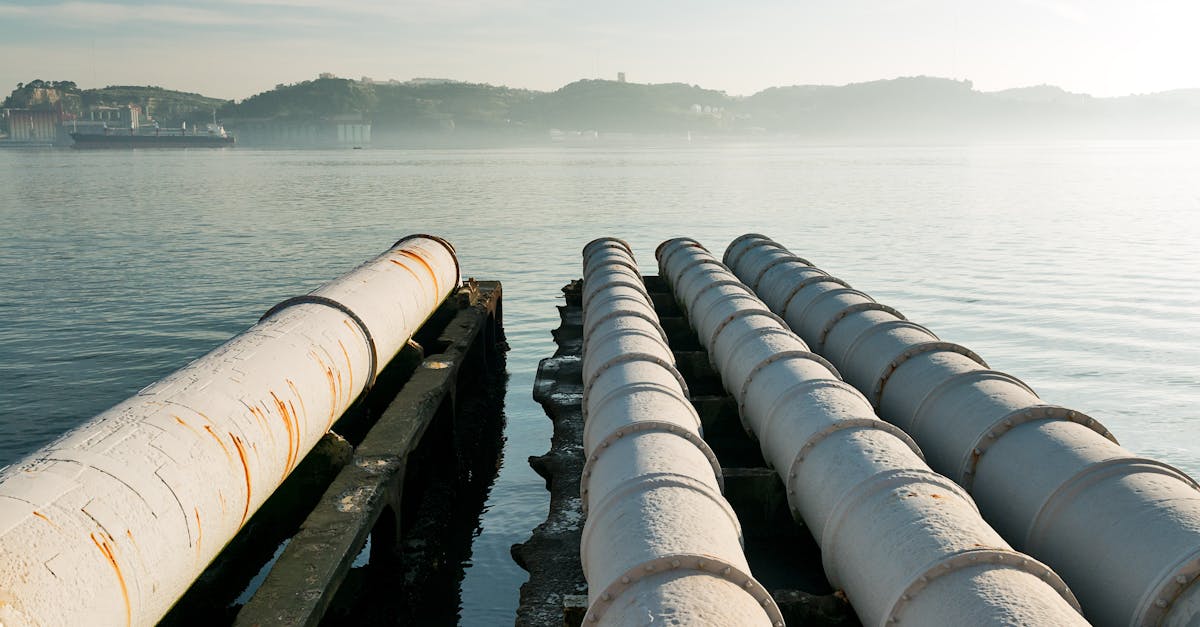Empowering the Masses: Unveiling the Secrets of DIY Water Generation

Getting access to clean water should never be a privilege but a right. Thus, knowing how to generate your own water can be a valuable survival skill. In fact, with the right knowledge, you can DIY your own water generation system.
Water generation can be achieved through various methods. The most common is rainwater harvesting. It involves collecting rainwater from surfaces like rooftops or the ground with the help of a storage tank. Another method is atmospheric water generation, which requires using a special device to extract water from the air. Lastly, solar distillation is another option that makes use of the sun’s heat to evaporate water from salty or impure water sources such as seawater.
Thank you for reading this post, don't forget to subscribe!
1. Embrace Water Independence: Unlocking the Power of DIY Water Generation
Embrace Water Independence: Unlocking the Power of DIY Water Generation
Generating your own water may seem like a daunting task, but it’s surprisingly accessible with the right know-how. DIY water generation offers a myriad of benefits that extend beyond remote living and emergency preparedness. Here are a few compelling reasons to embrace water independence:
- Environmental sustainability: DIY water generation can reduce your reliance on municipal water systems, which often source water from distant locations and require energy-intensive treatment processes. By generating your own water, you can minimize your carbon footprint and conserve precious water resources.
- Cost savings: In certain areas, municipal water can be expensive. DIY water generation systems can provide a cost-effective alternative, especially if you have access to rainwater or other natural water sources.
- Improved water quality: Depending on your location, municipal water may contain contaminants or impurities. DIY water generation allows you to control the quality of your water by filtering and purifying it to your desired standards.
- Peace of mind: Having the ability to generate your own water provides peace of mind during emergencies such as natural disasters or water supply disruptions. You can rest assured that you and your family will have access to clean water regardless of external circumstances.
Whether you’re an avid camper, an off-grid enthusiast, or simply want to increase your preparedness, DIY water generation is a valuable skill that empowers you to take control of your water supply. With a little research and effort, you can harness the power of nature to ensure access to clean, sustainable water for years to come.
2. Methods of DIY Water Generation: A Comprehensive Overview

Methods of DIY Water Generation: A Comprehensive Overview
Harnessing nature’s resources to generate your own water is an empowering skill, and there are several effective methods to choose from. Here’s a comprehensive overview of the most common DIY water generation techniques:
- Rainwater Harvesting: This method involves collecting rainwater from surfaces like rooftops or the ground and storing it in a tank or cistern. Rainwater is naturally soft and free of impurities, making it an ideal source for drinking, cooking, and irrigation. Rainwater harvesting systems can be as simple or complex as you like, depending on your needs and budget.
- Atmospheric Water Generation: This method uses a device called an atmospheric water generator (AWG) to extract water from the air. AWGs work by condensing water vapor from the air, making them a viable option even in arid regions. AWGs can be more expensive than other water generation methods, but they can provide a reliable source of clean water in areas where other options are limited.
- Solar Distillation: This method uses the sun’s heat to evaporate water from salty or impure water sources, such as seawater or brackish water. The evaporated water is then condensed and collected in a separate container, leaving behind the impurities. Solar distillation is a simple and cost-effective method that can be used in areas with abundant sunshine.
Choosing the right water generation method for your needs depends on factors such as your location, climate, and budget. Rainwater harvesting is a great option if you have access to sufficient rainfall and storage space. Atmospheric water generation is a reliable choice in arid regions, while solar distillation is ideal for areas with abundant sunshine and salty or impure water sources. By understanding the different methods available, you can make an informed decision and harness the power of DIY water generation to provide clean, sustainable water for your home or community.
3. Rainwater Harvesting: A Natural Solution for Abundant H2O
Rainwater Harvesting: A Natural Solution for Abundant H2O
Rainwater harvesting is a simple yet effective way to collect and store rainwater for various uses, such as drinking, cooking, irrigation, and washing. Rainwater is naturally soft and free of impurities, making it an ideal source of water for many purposes. Here’s an overview of rainwater harvesting systems, including their components, effective storage methods, and purification techniques:
Components of a Rainwater Harvesting System:
- Collection surface: This is the surface that collects rainwater, such as a rooftop, patio, or driveway.
- Guttering and downspouts: These channels direct rainwater from the collection surface to the storage tank.
- Storage tank: This is where the rainwater is stored for future use. Storage tanks can be made from various materials, such as plastic, metal, or concrete.
- Filtration system: This is used to remove impurities from the rainwater before it is stored or used. Filtration systems can be as simple as a screen or as complex as a multi-stage filtration system.
Effective Storage Methods:
- Above-ground storage tanks: These tanks are typically made of plastic or metal and are placed above ground. They are easy to install and maintain, but they can be susceptible to freezing in cold climates.
- Underground storage tanks: These tanks are buried underground and are less susceptible to freezing. However, they are more expensive to install and maintain.
Purification Techniques:
- Boiling: Boiling rainwater is the simplest and most effective way to purify it. Boiling kills bacteria and other microorganisms.
- Filtration: Water filters can remove impurities from rainwater, such as sediment, bacteria, and chemicals. Filters can be made from various materials, such as ceramic, activated carbon, or reverse osmosis membranes.
- Distillation: Distillation is a process that involves boiling water and collecting the condensed steam. Distilled water is free of impurities, but it can be expensive and time-consuming to produce.
Rainwater harvesting is a sustainable and cost-effective way to collect and store water for various uses. By understanding the components of a rainwater harvesting system, effective storage methods, and purification techniques, you can harness the power of nature to provide clean, sustainable water for your home or community.
4. Atmospheric Water Generation: Extracting Water from Thin Air

Atmospheric Water Generation: Extracting Water from Thin Air
Atmospheric water generation (AWG) is a technology that extracts water from the air. AWG devices work by condensing water vapor from the air, making them a viable source of water even in arid regions. AWGs can be used to provide clean drinking water for communities, businesses, and individuals.
Principles of Atmospheric Water Generation:
AWG devices use a process called condensation to extract water from the air. Condensation occurs when warm, moist air is cooled to its dew point, the temperature at which the air can no longer hold all of its water vapor. The water vapor then condenses into liquid water.
AWG devices typically use a heat exchanger to cool the air and cause condensation. The heat exchanger is cooled by a refrigerant, which is a chemical that absorbs heat from the air. The condensed water is then collected in a reservoir.
Advanced Technologies for AWG:
Recent advances in technology have made AWG devices more efficient and cost-effective. Some of the latest AWG technologies include:
- Desiccant wheels: Desiccant wheels are coated with a material that absorbs water vapor from the air. The desiccant wheel is then heated to release the water vapor, which is then condensed into liquid water.
- Membrane technology: Membrane technology uses a semi-permeable membrane to separate water vapor from the air. The water vapor passes through the membrane and is then condensed into liquid water.
AWG technology is still developing, but it has the potential to provide a sustainable source of water for communities around the world. AWG devices are already being used in a variety of applications, such as providing drinking water for remote communities, disaster relief, and industrial uses.
5. Solar Distillation: Harnessing the Sun’s Power for Water
Solar Distillation: Harnessing the Sun’s Power for Water
Solar distillation is a simple and effective way to purify water using the sun’s energy. Solar distillation works by evaporating water from a contaminated source, such as seawater or brackish water, and then condensing the evaporated water into a clean container. The condensed water is free of impurities, making it safe to drink.
Basics of Solar Distillation:
Solar distillation systems typically consist of a shallow basin filled with contaminated water and a透明cover, such as glass or plastic wrap. The透明cover allows sunlight to enter the basin and heat the water. As the water heats up, it evaporates and condenses on the inside of the透明cover. The condensed water then drips into a collection container.
DIY Approaches to Solar Distillation:
There are many different ways to build a DIY solar distillation system. Some of the most common approaches include:
- Single-basin solar still: This is the simplest type of solar still, consisting of a shallow basin lined with a dark material to absorb heat and a透明cover. The contaminated water is placed in the basin and the still is placed in the sun.
- Multiple-basin solar still: This type of solar still consists of multiple basins stacked on top of each other. The contaminated water is placed in the top basin and the still is placed in the sun. As the water evaporates from the top basin, it condenses on the bottom of the next basin and drips down. This process is repeated until the water in the bottom basin is clean.
- Inverted solar still: This type of solar still is placed upside down, with the transparent cover on the bottom and the contaminated water on top. The sun’s heat causes the water to evaporate and condense on the transparent cover. The condensed water then drips into a collection container.
Solar distillation is a low-cost and effective way to purify water. By using the sun’s energy, you can generate clean drinking water from a variety of sources.
6. DIY Water Generation Implementation: Practical Steps to Success
DIY Water Generation Implementation: Practical Steps to Success
Once you’ve chosen a water generation method that meets your needs, it’s time to implement your system and ensure optimal performance. Here are some practical steps to guide you through the process:
1. System Design:
The first step is to design your water generation system. This involves determining the size and capacity of your system, as well as the materials and components you’ll need. Consider your water usage needs, the available space, and the climate in your area when designing your system.
2. System Installation:
Once you have a design, it’s time to install your system. Follow the manufacturer’s instructions carefully and ensure that all components are properly connected and sealed. If you’re not comfortable installing the system yourself, consider hiring a qualified professional.
3. System Maintenance:
Regular maintenance is essential to ensure that your water generation system continues to perform optimally. This may involve cleaning filters, replacing components, and monitoring the system’s performance. Refer to the manufacturer’s instructions for specific maintenance recommendations.
Additional Tips for Success:
- Start small: If you’re new to DIY water generation, start with a small system that you can manage easily. You can gradually expand your system as you gain experience and confidence.
- Do your research: Before you purchase any components or install your system, take the time to research different water generation methods and products. This will help you make informed decisions and avoid costly mistakes.
- Consider your needs: Choose a water generation method that meets your specific needs and circumstances. Consider factors such as your water usage, available space, and budget.
- Be patient: Water generation systems can take time to set up and optimize. Don’t get discouraged if you don’t see immediate results. With a little patience and fine-tuning, you can achieve a reliable and efficient water generation system.
What are the benefits of DIY water generation?
DIY water generation offers numerous benefits, including water independence, cost savings, improved water quality, and peace of mind during emergencies.
What are the different methods of DIY water generation?
Common DIY water generation methods include rainwater harvesting, atmospheric water generation, and solar distillation.
How do I choose the right water generation method for me?
Consider your water usage needs, available space, budget, and climate when choosing a water generation method.
How do I design and install a DIY water generation system?
Start with a small system and gradually expand it as needed. Follow the manufacturer’s instructions carefully during installation.
How do I maintain my DIY water generation system?
Regular maintenance ensures optimal performance. Refer to the manufacturer’s instructions for specific maintenance recommendations.
Quiz: Test Your Water Generation Knowledge
- Which of the following is a benefit of DIY water generation?
(a) Water independence (b) Cost savings (c) Improved water quality (d) All of the above
- What is the most common method of DIY water generation?
(a) Rainwater harvesting (b) Atmospheric water generation (c) Solar distillation (d) Reverse osmosis
- True or False: Solar distillation involves using the sun’s heat to evaporate water from a contaminated source.
(a) True (b) False
- Which factor should you consider when choosing a water generation method?
(a) Water usage needs (b) Available space (c) Budget (d) All of the above
- What is an important step in maintaining a DIY water generation system?
(a) Cleaning filters (b) Replacing components (c) Monitoring performance (d) All of the above
Answer Key
- (d) All of the above
- (a) Rainwater harvesting
- (a) True
- (d) All of the above
- (d) All of the above




